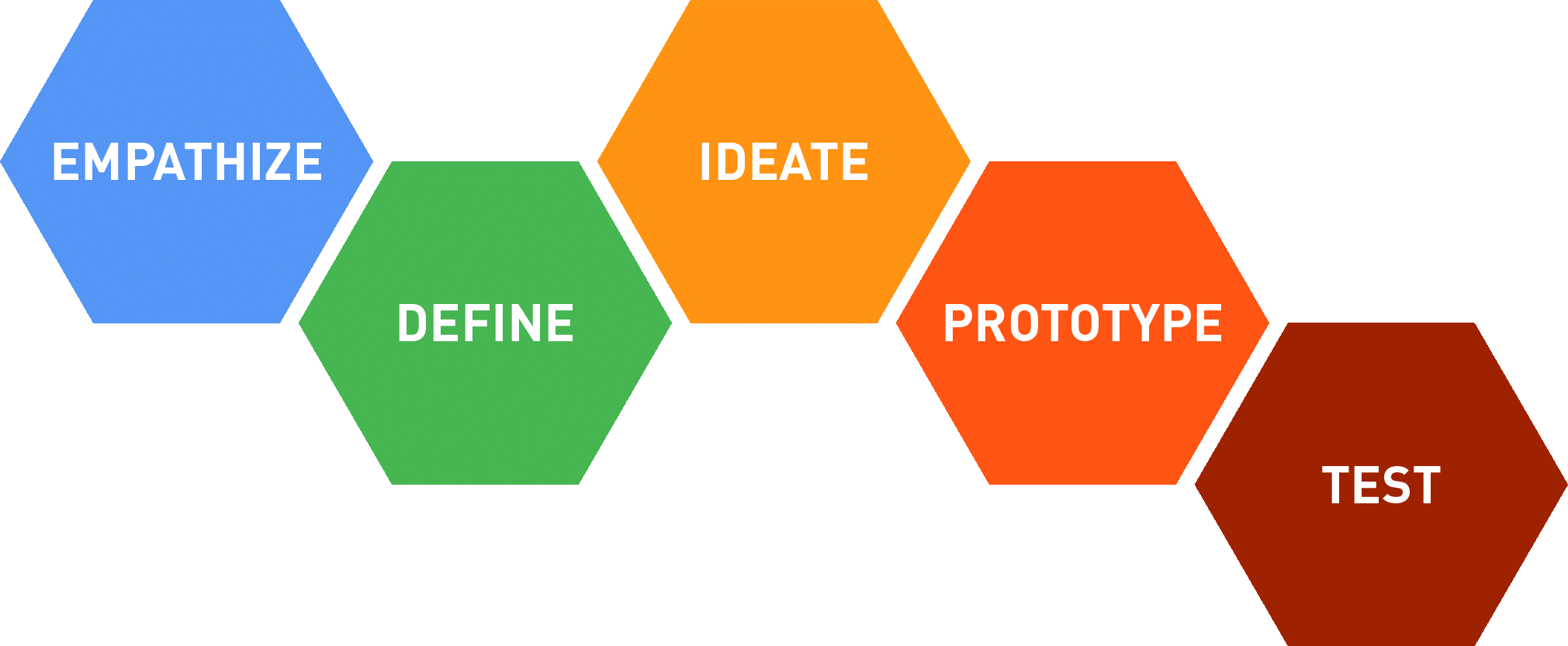6 Rules that a Quality Analyst Must Follow in Software Development
Blog: NASSCOM Official Blog

What is Quality Assurance?
Quality Assurance (QA) is the method of assessing or checking product properties to check whether it is completing customer’s expectations and certain specifications. QA is a process-packed approach that is useful in defining goals and facilitating product design, development, and maintenance. The key objective of QA is to identify the bugs and fix them before the product release.
In most organizations, QA is a dedicated department and they are considered responsible for improving customer credibility and satisfaction. QA is done to check if the product behavior is as expected or not. The quality check process may require iterations to make product error-free and it causes product delay too.
Role of Quality Assurance in software development
A QA has different roles from different perspectives. Developers, managers, clients, and QAs have different opinions while checking for software product quality. From a client’s point of view, quality can be defined as receiving an error-free product that can fulfill all expectations. From a manager’s and a developer’s point of view, quality is; developing a bug-free solution that can address business issues so that clients can use it efficiently. From a Quality Assurance engineer’s point of view, quality means something above average.
The quality measure is done based on the International Quality Standard ISO. This is what it defines:
- Figure out the extent up to which a product behaves as expected
- To check if it is attractive and easily usable
- To check the stability of the overall system
- To determine if all physical resources are being used efficiently
- To determine product consistency across various platforms and configurations
- To figure out the efforts that a product team may require to improve the system performance
Rules that every Quality Analyst should know
When it comes to quality assurance, the first preference should be customer satisfaction and the testing process design should be developed accordingly. A quality analyst must know a few rules while planning to execute a testing or quality process.
1. Define requirements specifications clearly
When we try to figure out the client’s expectations, we often think it is just that delivering a product with zero error, but this is not true. It is important for a quality analyst to identify and define all the requirements and expectations of a customer, especially when they are not from a strong technical background.
2. Plan and strategize before testing
Prepare a test plan that defines the scope of project and testing essentials. Without a proper plan, you cannot figure out what you must cover during the test process, resource utilization, cost estimation and the features that must be tested.
Prepare a test strategy that includes all the guidelines, and everything related to how to achieve the test objectives.

3. Discuss project coverage in the test plan
A quality analyst should mention everything related to project coverages in his test plan. After preparing the plan, he should first discuss it with the client and then make a final checklist and test case documentation. A QA puts in his entire effort to convince the client that a 100 percent quality check is not feasible by giving reasons such as less employee strength, project difficulty, whole testing not required, and so on. The project coverage basically covers all the requirements and specifications of the client to understand the value of the project in future use.
4. Discuss your testing approach
Quality Assurance is a process that involves highly motivated and skilled professionals who perform the test in a job. It would not be wrong to mention that quality check depends on personal preferences as well. Just check test cases provided by different quality analysts and you will see both have a different aspect of testing the same software. Therefore, a QA must tell the client that what features will be trusted during QC (quality control) and what will be the approach of testing.
5. Prepare a questionnaire to streamline testing
The iterative approach of testing is asking as many questions as possible. The basic questions in this category are – ‘how can I improve testing procedure?’, ‘what features are to tested?’, ‘which testing methods to be used to get good results?’. Testing does not involve only quality analysts; rather these testing professionals must work with team leads, clients and managers to understand their preferences. They discuss various questions like ‘does the project require deep testing?’ or ‘what is more important performance testing or regression? and so on.
6. Set priorities for better task management
A quality check engineer may be asked to perform various jobs at a time. For example, which features to be tested first? How much time testing process needs? What to check first; system stability or new functionality? Do new scenarios are required or using the old ones would be enough? All these questions are important and have value in each iteration of testing. It is not possible for any quality analyst that he or she can do all these jobs across all the platforms in a single day and deliver a solution with zero errors. Therefore, the last and important rule says that each QA should define a priority of every task so that they can manage to get all the tasks done efficiently and effectively within the given deadline.
Conclusion
Behind the development of every high-quality product, the whole team plays an important role not only the quality analyst. But a QA understands the client’s perspective closely and tries all possible test cases to check whether the product is meeting all the requirements. We have discussed the key rules that every quality analyst should know. This is just a brief; you can join a QA software testing training online platform to learn more about how quality engineers work!
The post 6 Rules that a Quality Analyst Must Follow in Software Development appeared first on NASSCOM Community |The Official Community of Indian IT Industry.
Leave a Comment
You must be logged in to post a comment.








